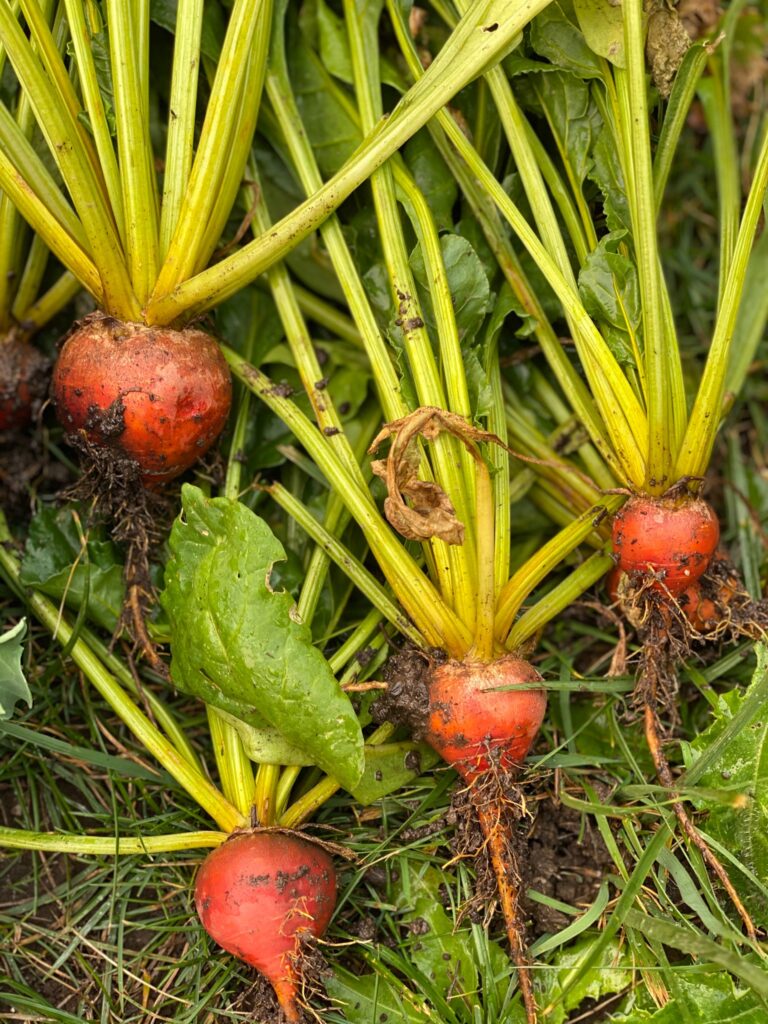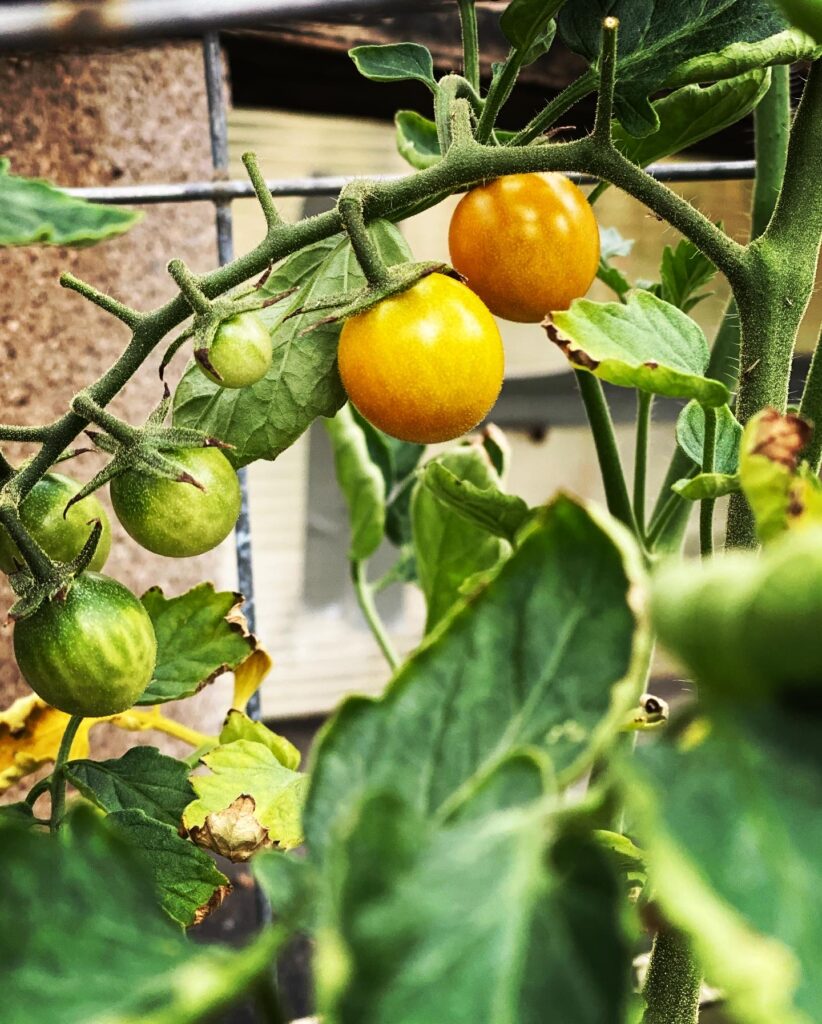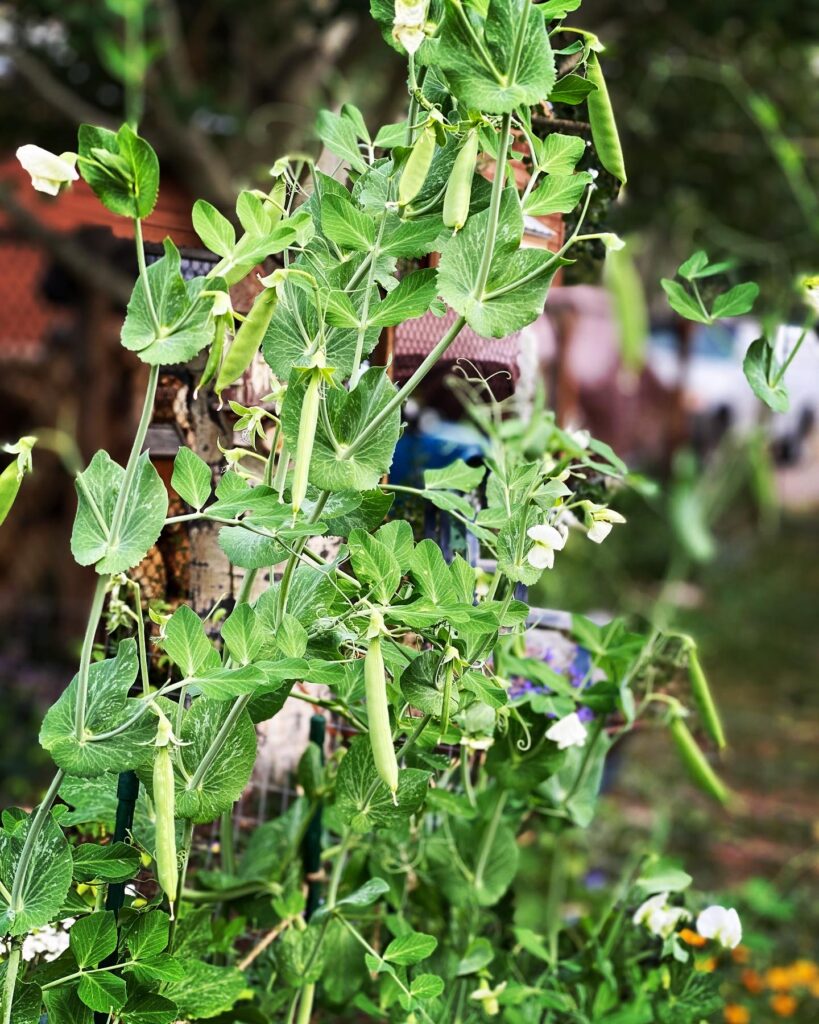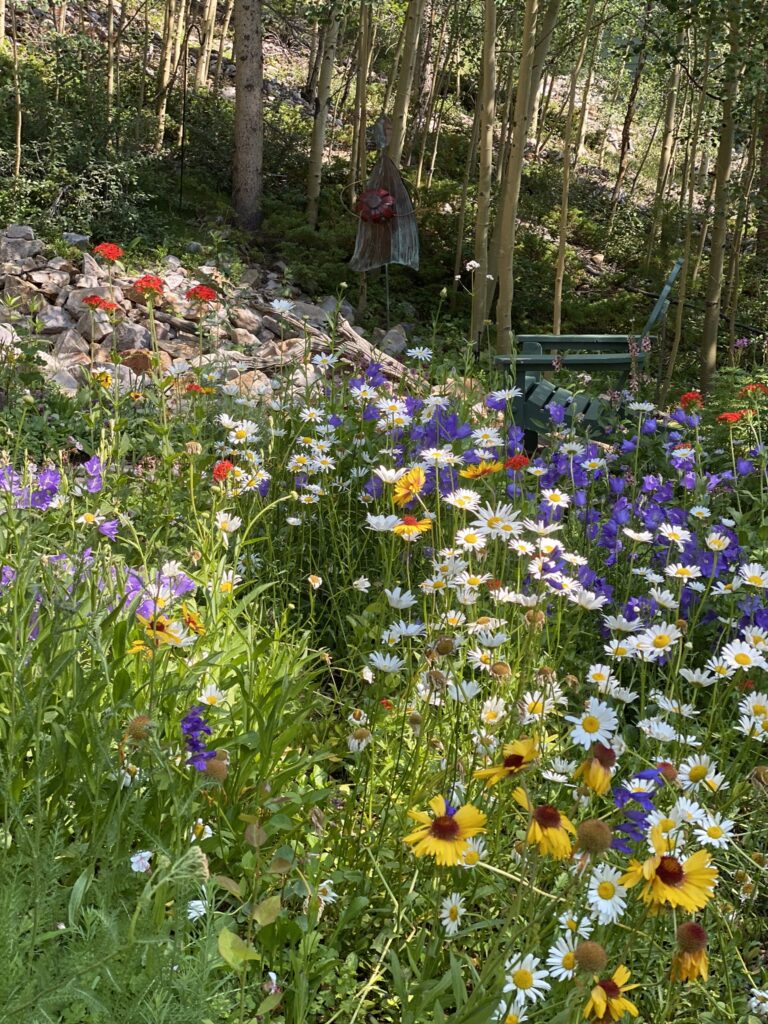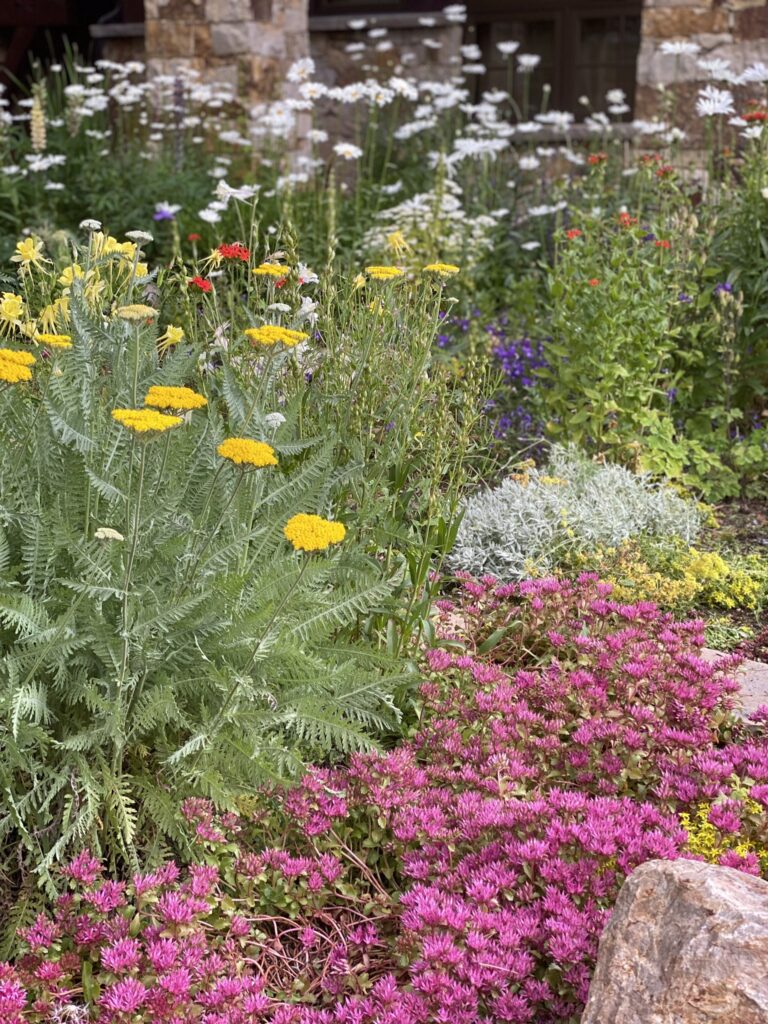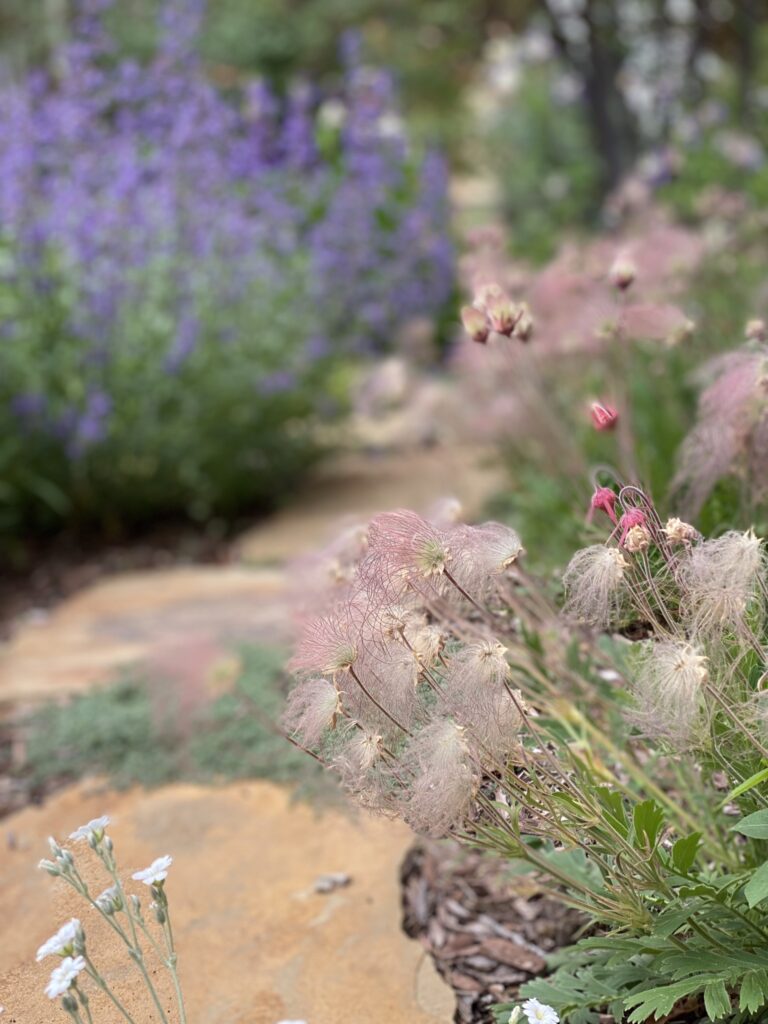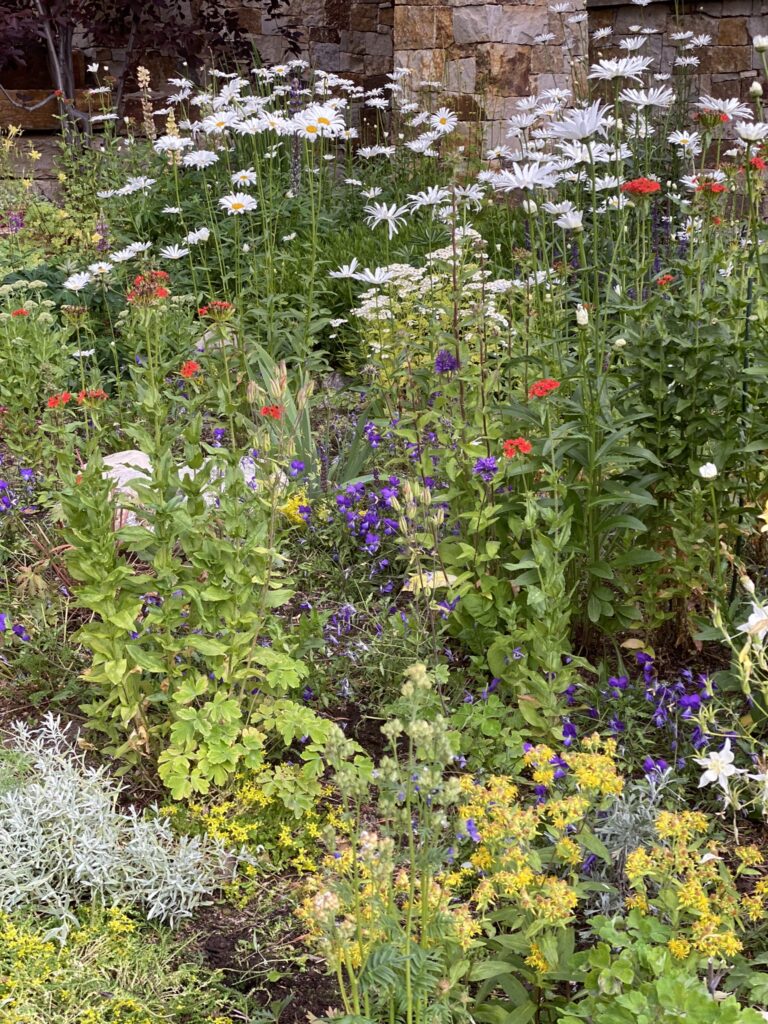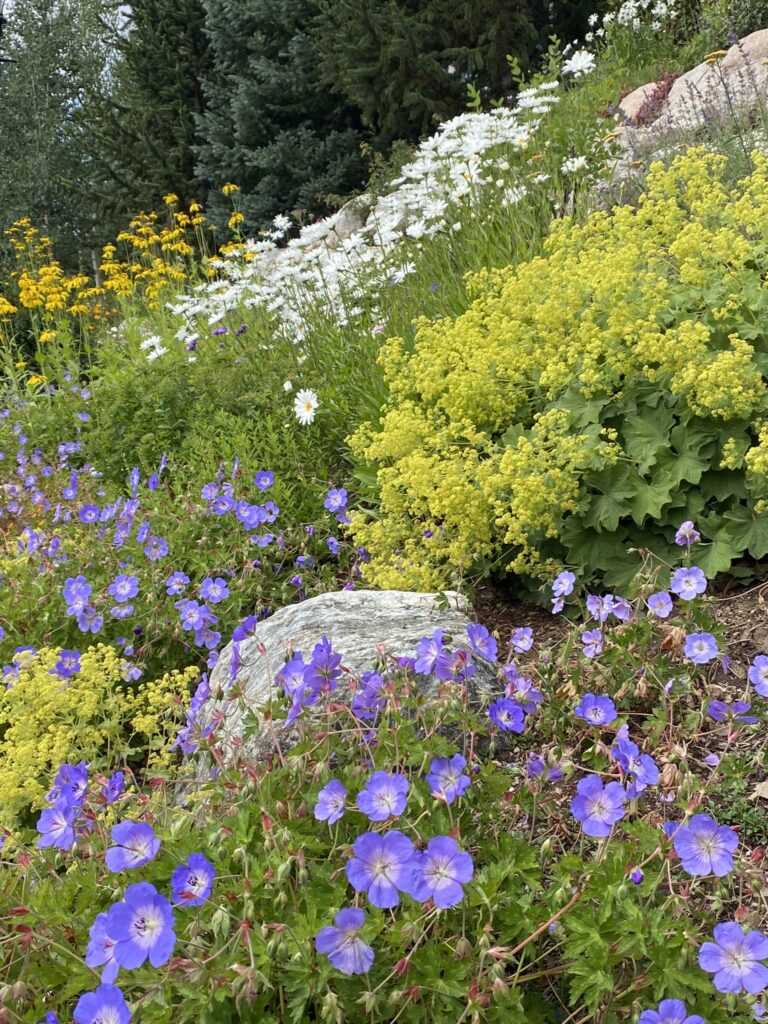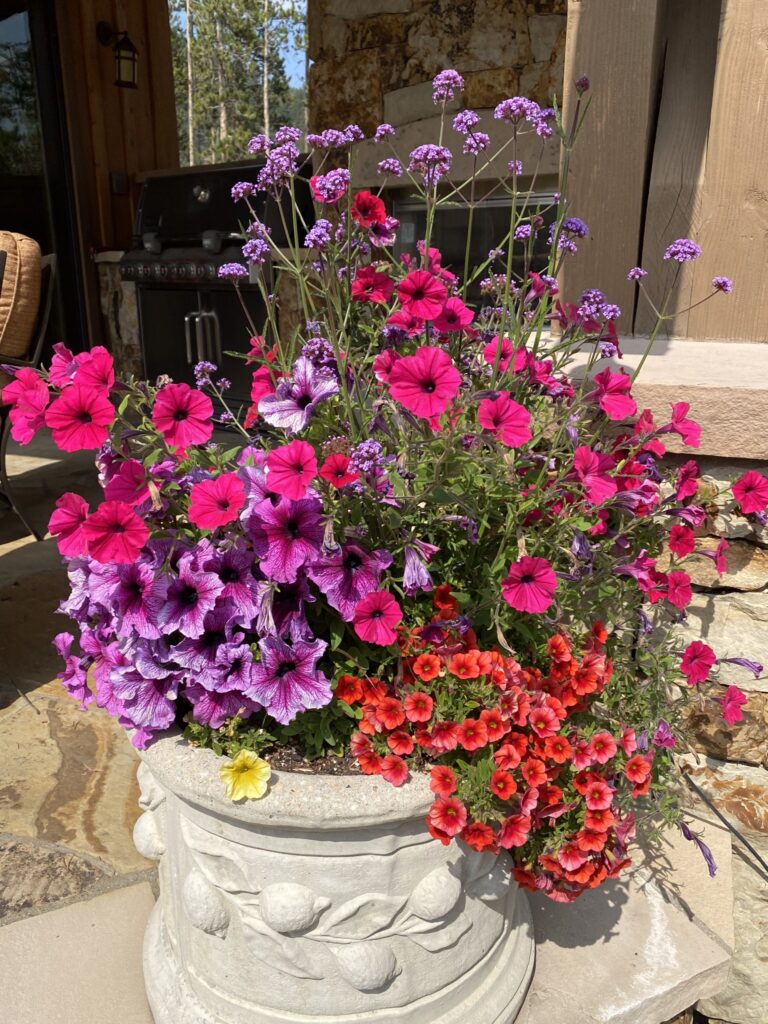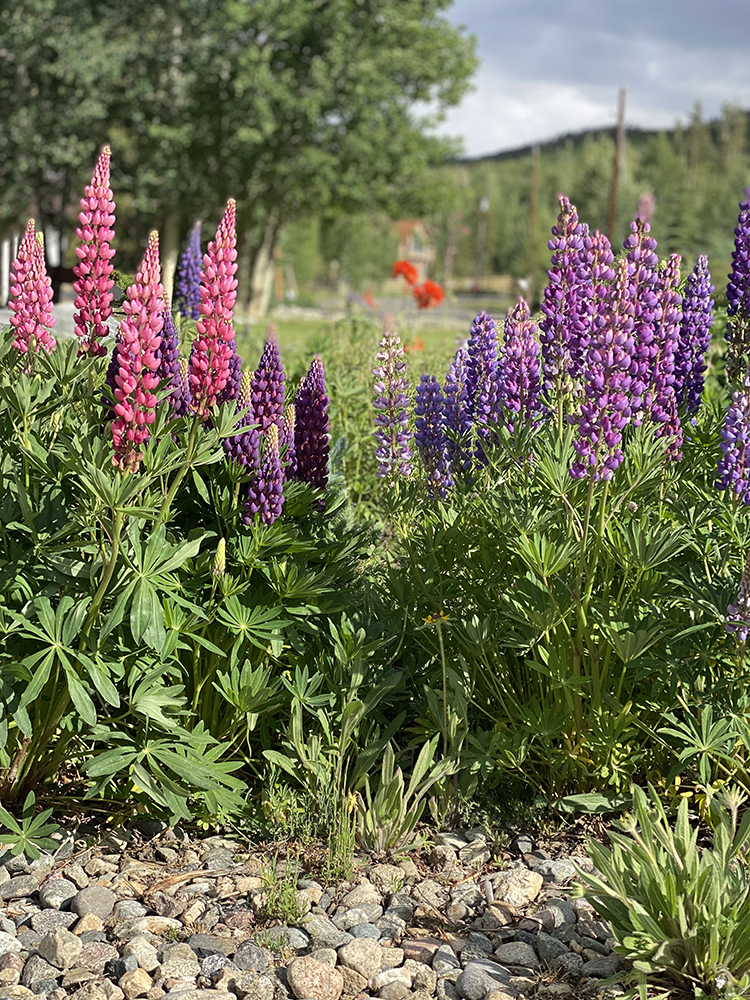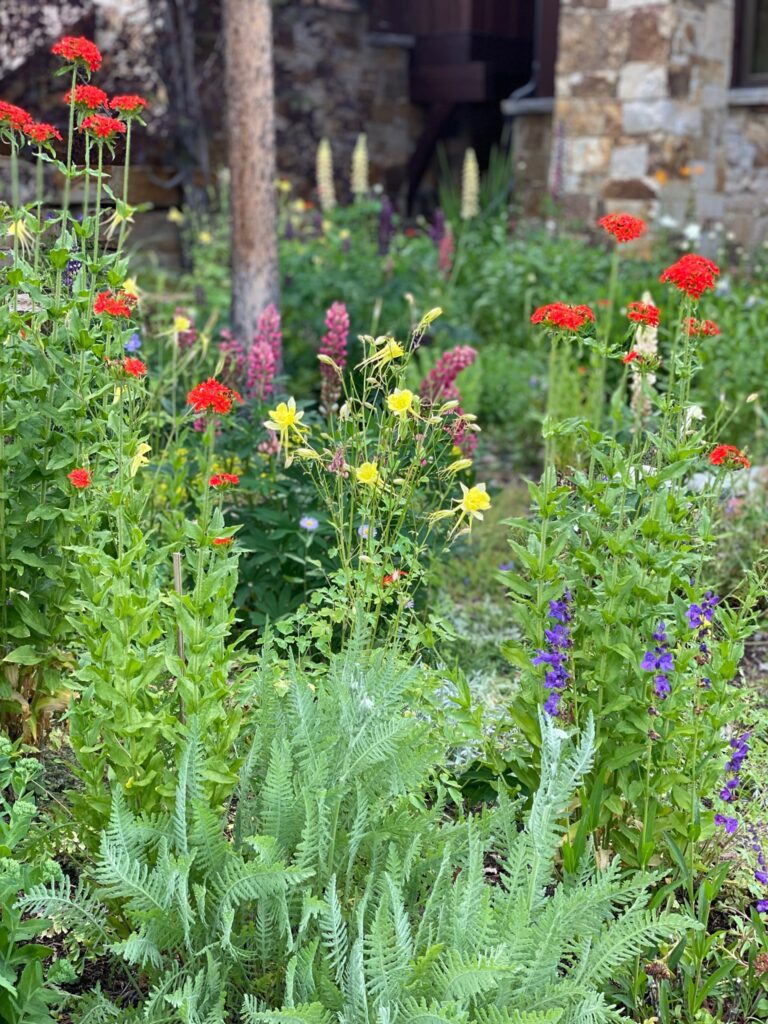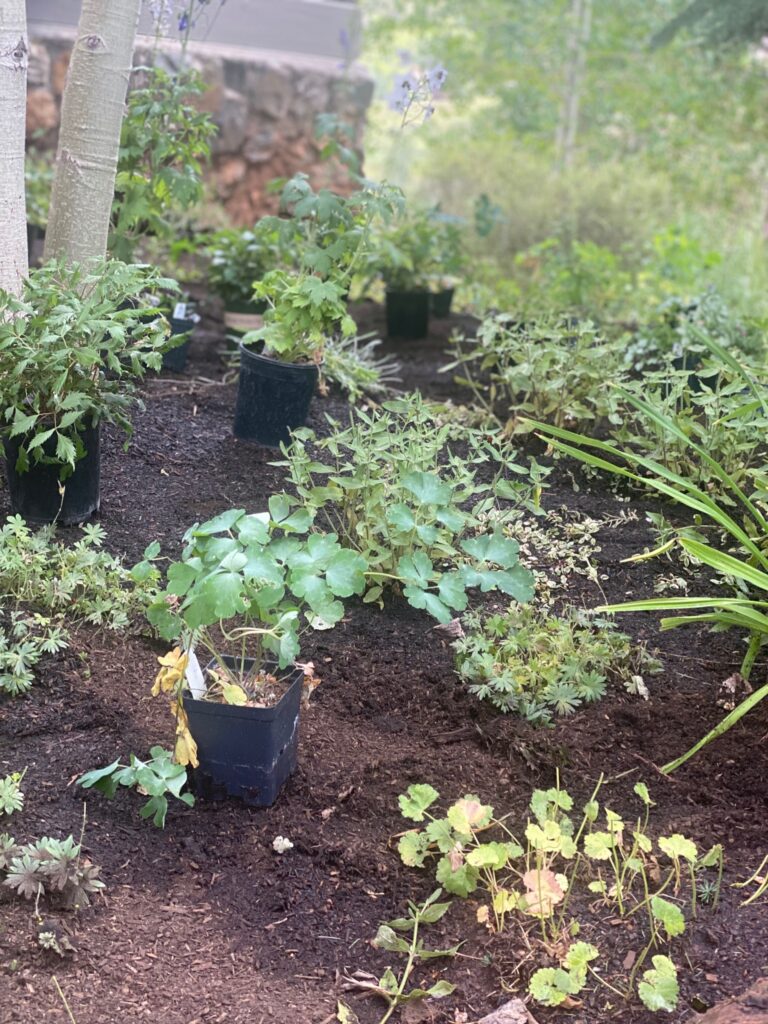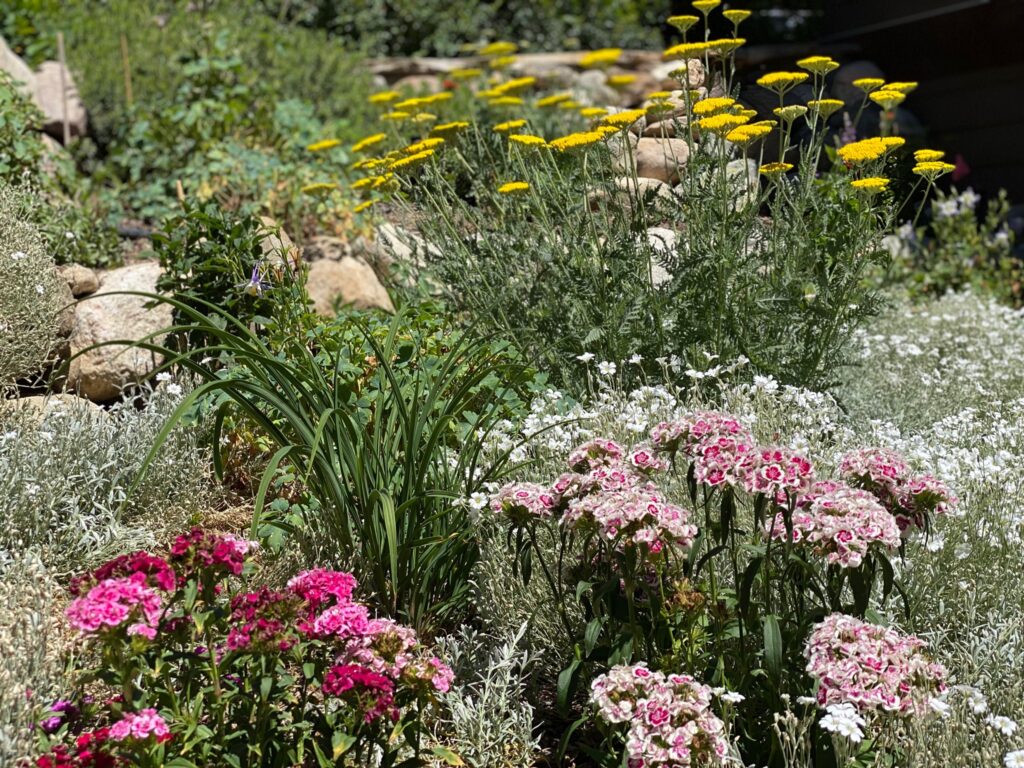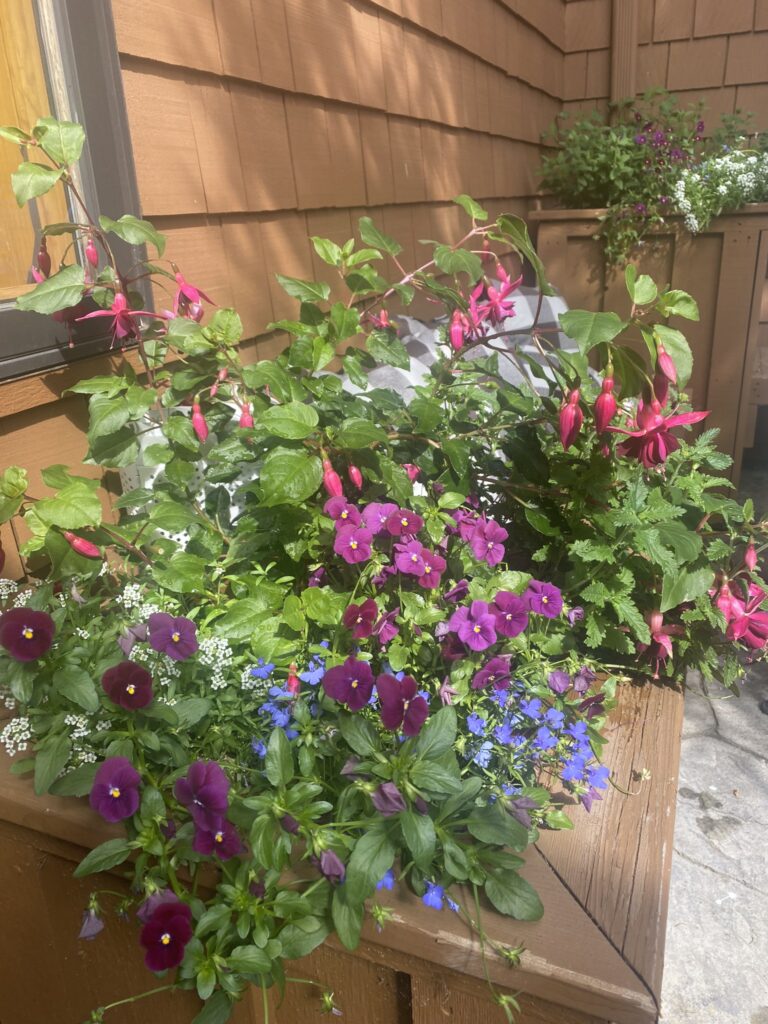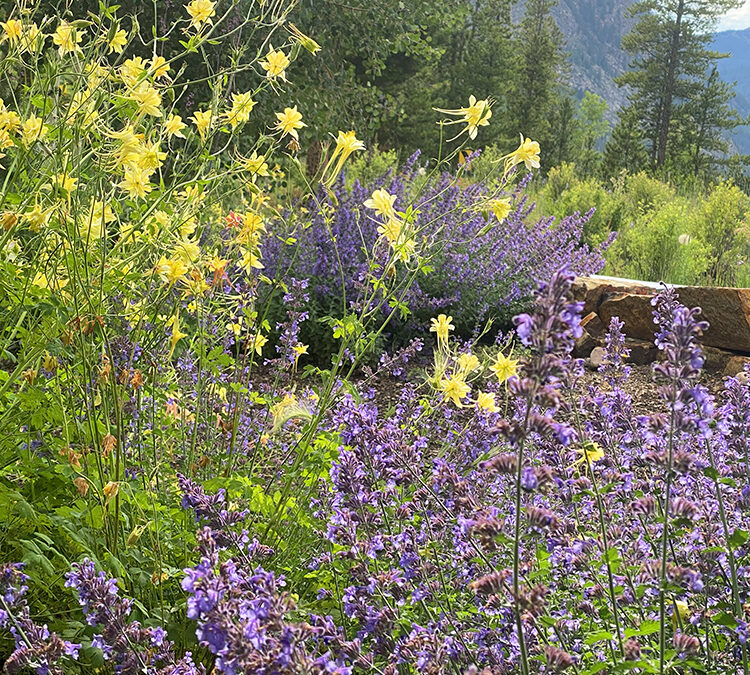There are many great benefits of gardening for your physical and mental health. Getting outside every day, the feeling of seeing your first seedlings emerge from the soil, and the taste of a home-grown tomato are just a few of the benefits that come from gardening. Perhaps you have been thinking about starting a garden for a while, but you are unsure where to start. Today we talk about recommendations for newbie gardeners.
1. Know your garden zone. This is an important number when you are shopping for perennials, trees, and shrubs at your local garden center. The hardiness of each plant refers to the lowest temperature a plant can overwinter and return the next season. In my area of Vail and Avon, Colorado we are listed as zone 4b. This means that I should be shopping for plants with hardiness level of 4 or less. I sometimes will push it a little bit with a zone 5 if I can create a microclimate or additional protections for that plant.
– https://www.plantmaps.com/interactive-colorado-2012-usda-plant-zone-hardiness-map.php
2. Learn your average last frost dates. Your average last frost date is an important guideline for when planting season in your area begins (and ends). You don’t want to start too early and risk wasting your time and money. Average last frost dates also help provide a quantity of growing days, and an idea of how long your growing season typically lasts. This is important to know when choosing seed crops and plants that require a certain number of days to mature.
These dates are not set in stone, and more of a rule of thumb as each season can be different. For example- in the mountains we typically say Father’s Day (mid June) while Denver and the Front Range would say Mother’s Day (mid May) to safely start planting. This can get a little technical as some seeds and crops can be planted before this date. Your seed packet will provide this information: Lettuce can be planted outside 6 weeks before your Average Last Frost Date, which would be around May 1- 6 weeks before June 15.
https://www.almanac.com/gardening/frostdates/CO
3. Know your garden’s sun exposure. Plants require different amounts of sunlight to truly thrive. Be aware and observe how much sun your space is receiving each day. Just because your desired space doesn’t have full sun all day doesn’t mean you can’t have a successful garden; you just need to pick the right plants for that exposure. If you are starting fresh and have specific plants in mind, knowing how much sun the plant needs may help you decide on the perfect spot to build your new garden. Observe your plant tags when shopping, they have a lot of good information including sun exposure.
- Full sun- 6 hours of direct sun or more
- Partial sun/partial shade- 3-6 hours or direct sun
- Full shade– Less than 3 hours of direct sun
4. A great garden begins with the soil- Starting your garden off with a good, quality soil is the best thing you can do for the long term.
- Ground beds- Use a 50/50 or 70/30 topsoil compost blend for ground beds, new rock gardens, and raised vegetable beds. Some nurseries call this plant mix.
- Container gardens- Use an organic potting soil that provides good drainage. This soil can be used for 3 seasons with a small addition of fresh soil each season.
- Avoid Mircacle Gro Soils, especially in ground beds. They have harmful additivies that damage the quality of existing soils.
5. Look for inspiration and educate yourself- There is a lot to learn in observing your surroundings. Colorado is full of botanic and specimen observing gardens, and endless wildflower hikes and walks. I like to visit the Betty Ford Gardens in Vail at least 3 times a season to see how things are changing and what is currently blooming. Check out your local garden center and nurseries for a list of community garden classes available in your area. Join a community garden, a great place to meet other plant enthusiasts and learn new tips and tricks.
6. Shop at your local garden centers and nurseries- Ok now that you have your new garden site picked out, soil prepped, and some general knowledge about your garden zone and average last frost dates, it’s time to pick out some plants. Local garden centers and nurseries are the absolute best place to shop for plants that grow where you live. Plants are often sourced by local growers in Colorado and are acclimated for our climate. I cringe often when I see certain plants on display being sold at big box stores in my area that I am certain won’t thrive or survive in my area. Local garden centers and nurseries are also full of knowledgeable local gardeners- ask questions, get tips, and keep your money in your community.
7. Start Small, Relax, and Have Fun! When planning and starting your mountain garden, remember to come up with a realistic plan that you can commit to. It may seem daunting to provide your entire family with vegetables all summer, but supplementing your family’s lettuce and spinach may be achievable. Perhaps you over-planted and are having trouble consuming everything you planted. Sharing your harvest with friends and neighbors is a great way to connect and possibly spread the gardening bug.
Maybe a couple flower containers on your deck provide you with a bright area to relax and recharge with local pollinators also enjoying the colorful blooms. Start small, get outside, and have fun with whatever you choose to grow.
“The glory of gardening: hands in the dirt, head in the sun, heart with nature. To nurture a garden is to feed not just on the body, but on the soul,” Alfred Austen.
